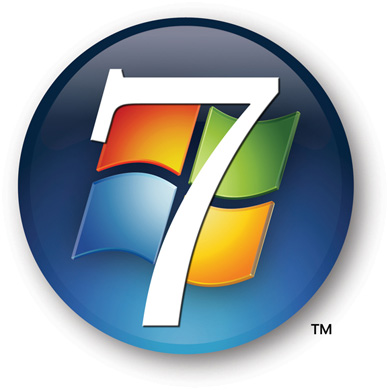
Well I thought it was about time I started posting a blog of activities in the workshop. I test a lot of software on my PC and it was looking a little long in the tooth. It runs on Windows 7 and has been since release. Back in the days of XP I had an automated install disc which reinstalled Windows and all my commonly used programs with virtually no intervention from myself, it even included all the Windows updates and my device drivers. All I had to do was select the target hard disc drive and wait less 40 min. Almost all the software I used was installed automatically. This works like taking a system image except that you never leave remnants of old versions of software and if you don't have any particularly heavy requirements it will all fit on a single DVD. Being able to recover completely so quickly is a great advantage if, like me, your always testing software. Sooner or later your going to break something. Its quicker and easier to run your unattended installation disc than to try and fix the problem. With this in mind and my Windows 7 PC really starting to lag I thought it was about time I developed myself an unattended install disc for windows 7.
I already have a very basic UA install disc for Windows 7. I install Windows 7 a lot so automating some of the process is very handy. This isn't enough for me though. The one I use for other people simply automates installing a standard version of Windows 7 Home Premium. I want a disc that I can plug in, press run, come back 40 min later and my PC is ready to use with all my software installed. There are also a lot of optional Windows components that I don't need. Removing them will improve install time, reduce disk space requirement and improve system performance.
Slip streaming the service pack is a good first step. You can use a program called 7lite for this. 7lite can be a little buggy, particularly when trying to add the service pack. If your trying to slipstream the service pack then just do that and save the output ISO file. That way theres less chance of it crashing and loosing all your work. Personally I cheated. I used a source disk which already included the service pack.
I'll post my exact settings for the rest of the process later when I've finalized my settings. I'll be making more tweaks later. Ultimately I've reduced the size of the ISO by about 800mb. That's 800mb less that needs to be copied over during setup. I've also reduced the memory footprint by about 200mb and theres about 10 less processes running. Windows Setup took 19 min and 32 seconds. That's from booting the install DVD to a working desktop. The only user interaction required is to select the HDD to install on.
Now I've tested this disc my next step will be to integrate any windows updates and device drivers that were outstanding. I'll also include the latest versions of Internet Explorer and Windows Media Player.
The PC I've been testing this on is a Gigabyte 790 based motherboard, Athlon X2 5600+ CPU, 2GB RAM and a WD Raptopr 75GB HDD